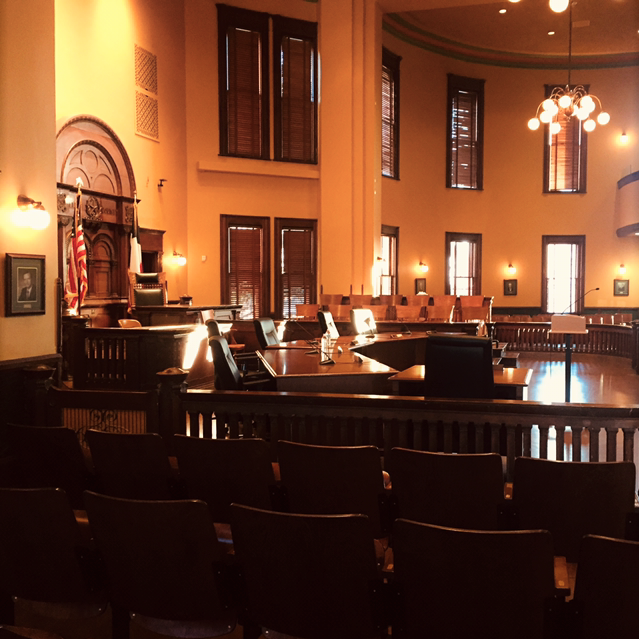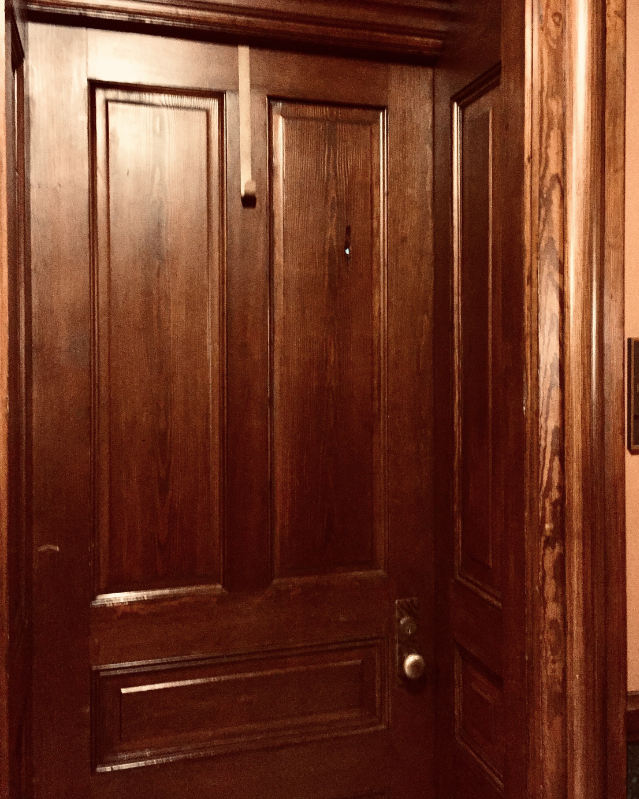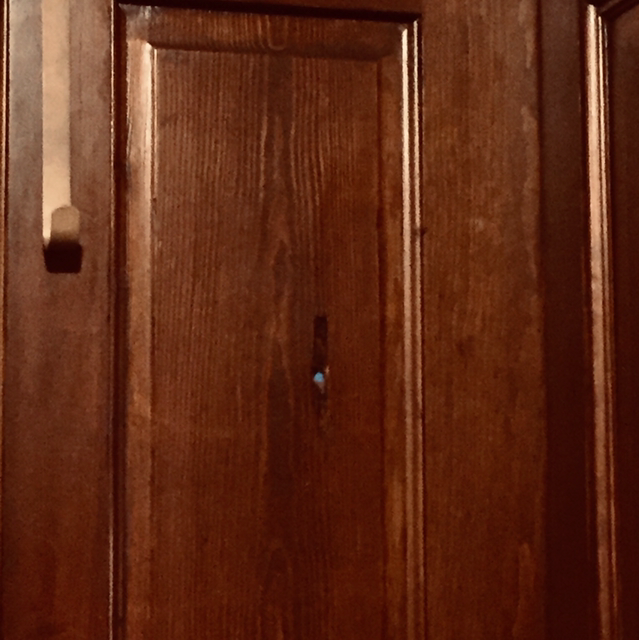Presiding Spirit
- Sam Kroft

- Dec 18, 2019
- 3 min read
Looming ominously over the historic downtown region of Waxahachie, TX stands the red stone spires of the old town Court House. Engraved with grimacing faces leering down from the clock tower, this already offsetting building - which contrasts jarringly from the quaint shopfronts surrounding it - is home to an unsettling history which might otherwise have been forgotten if it weren’t forever imprinted on the building itself as a reminder of the gruesome events.
During my parent’s visit to Texas during December 2019, while exploring the historic downtown region of Waxahachie together as a family, my father and I were inclined to take a walk on our own where quickly we found ourselves at the steep stone steps of the old Court House. Purely out of curiosity, I climbed the steps and gave a tug on the door handle to find that it was open. The two of us entered the massive foyer whose yellow interior glowed like gold under the light of the overhanging bulbs. Once inside, we were greeted welcomingly by two women who identified themselves as caretakers of the historic building. They encouraged us to explore the courthouse for ourselves - unguided - and stated that we were welcome to wander anyplace that wasn’t locked. Thrilled to have such a privilege, we set off down the spiraling staircase, exploring every nook of the building. Two distinct and foreboding courtrooms occupy the building, both high ceilinged with glowing golden paint, fine wooden furnishings, and accented carvings. At the far end of the courtroom stands the Judge’s seat under the light of the windows overhead which cast a saintly glow upon the seated figure. We were asked (warned) not to sit in the Judge’s chair out of respect to the place of honor, which we managed to refrain from doing despite the temptation.
After a bit of exploration, another caretaker of the building whom we had not seen upon entering approached us kindly and offered a bit of information which piqued our curiosity. She told us about a door on the second floor which bore the scar of a dark event in the building's history. According to her, during the 1920s, while a male prisoner was being escorted to the courthouse to attend his trial, the entourage was intercepted by a woman wielding a pistol. The woman was the girlfriend of the prisoner and was intent on leaving the courthouse with her boyfriend to escape his conviction. Her actions provoked a firefight which ended when one of the woman's bullets pierced the skull of her lover. The man was killed by the gunshot wound and the woman was convicted for her actions. Their story might have been forgotten if it were not for the lingering memento of this grave occurrence. On the second floor of the courthouse on the right side of the building's elevator stands a sturdy mahogany door which at first glance may seem insignificant. But upon closer inspection, one can see a bullet hole through the door at the height a man might be standing. According to the building's caretaker, this bullet hole was made by the shot that killed her boyfriend.
The light from the window beyond the door shines through the hole, casting a faint glow through into the dim hallway like a beacon from beyond. Is it possible that this tiny hole in the door is also a doorway between the world of the living and dead? Perhaps that hole is responsible for keeping a pathway open allowing the spirit of the man who was killed to linger on in this place. Whether you believe this building is haunted by the spirits still bound by their chains to this courthouse or not, the massive red stone tower stands in tribute to the many fates determined within its walls while a tiny bullet hole marks the spot where a man's life came to an abrupt end. Regardless if you believe or not, the building itself is still a menacing place to visit, and one can't help but fall into respectful silence in the shadow of the Judge's chair.















Comments